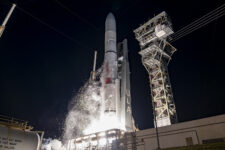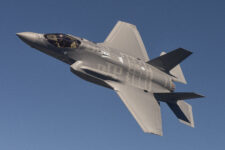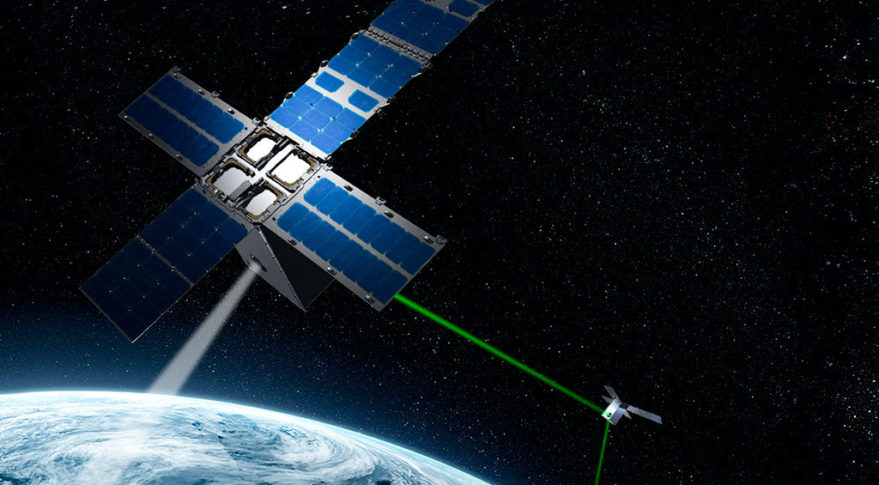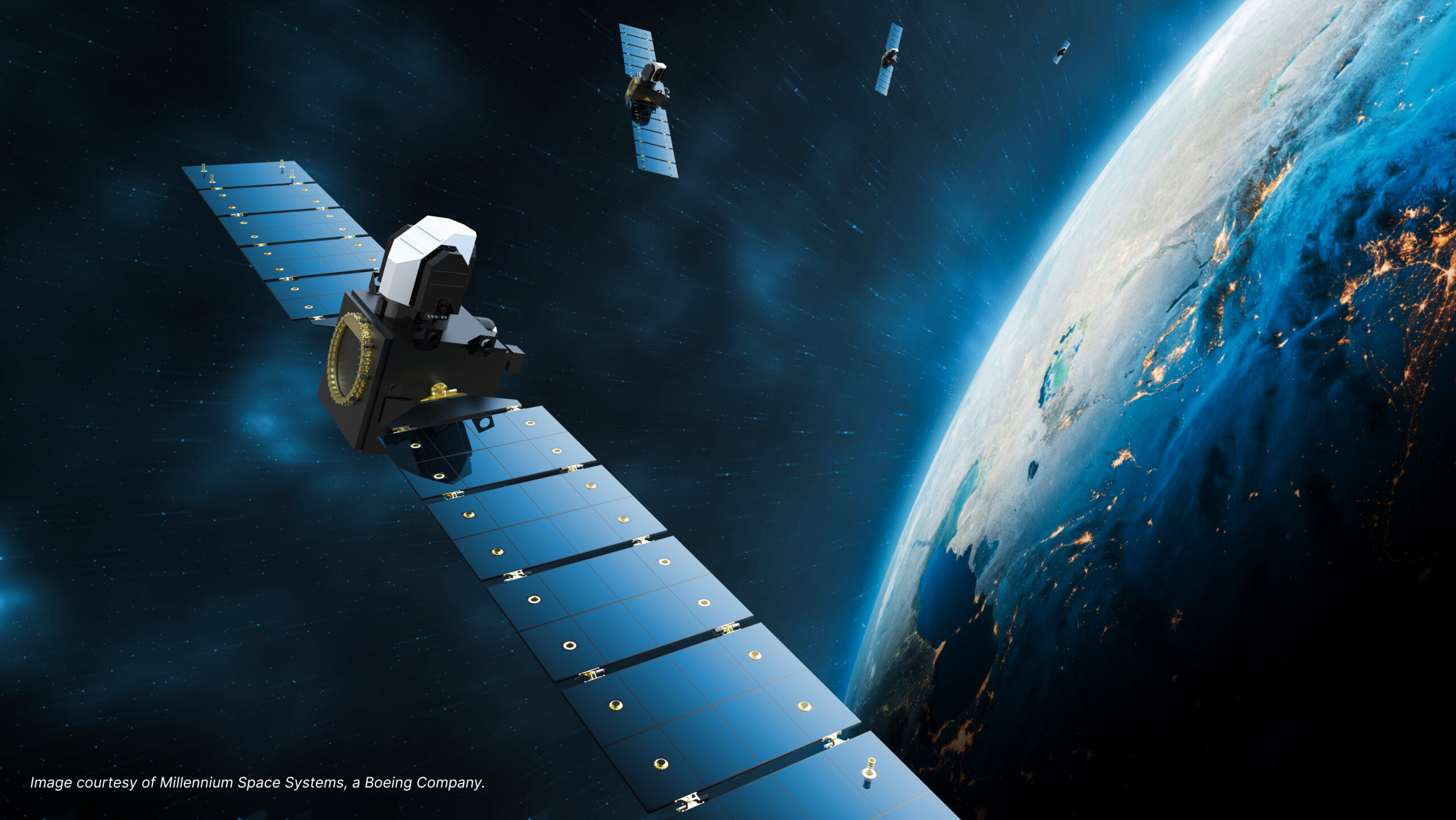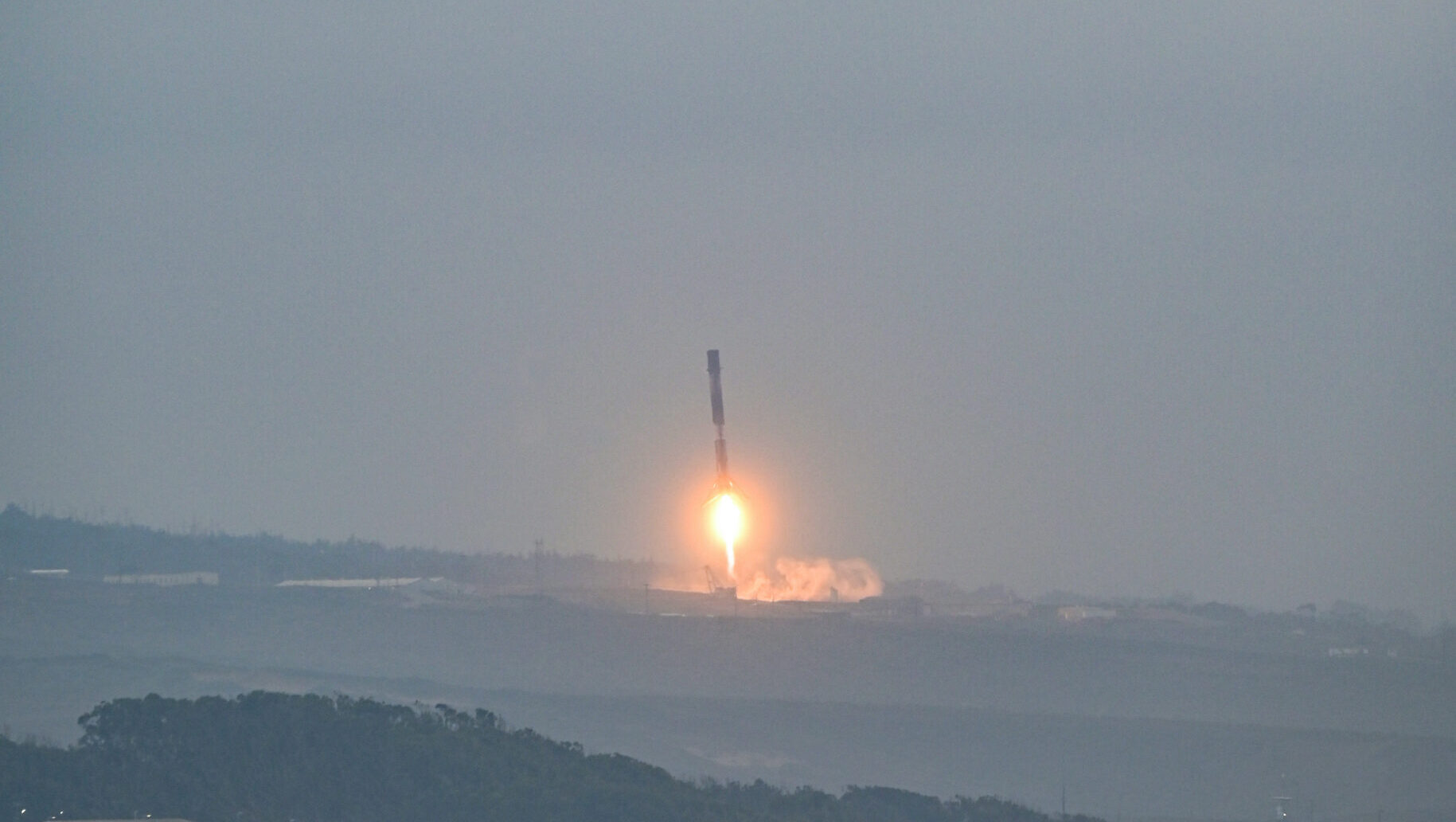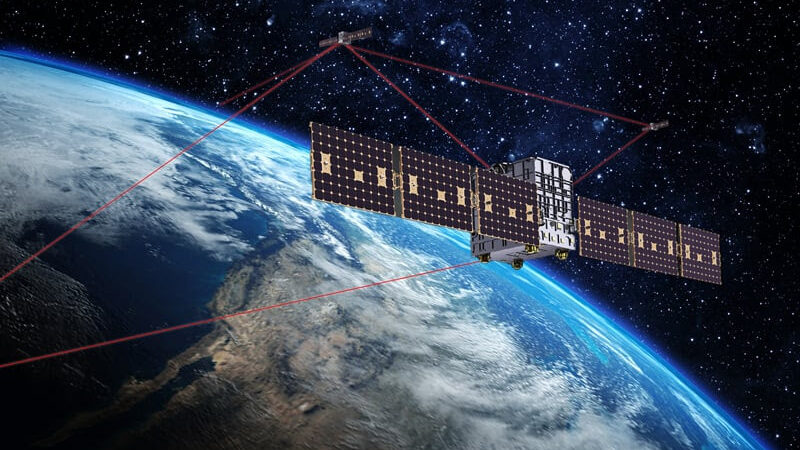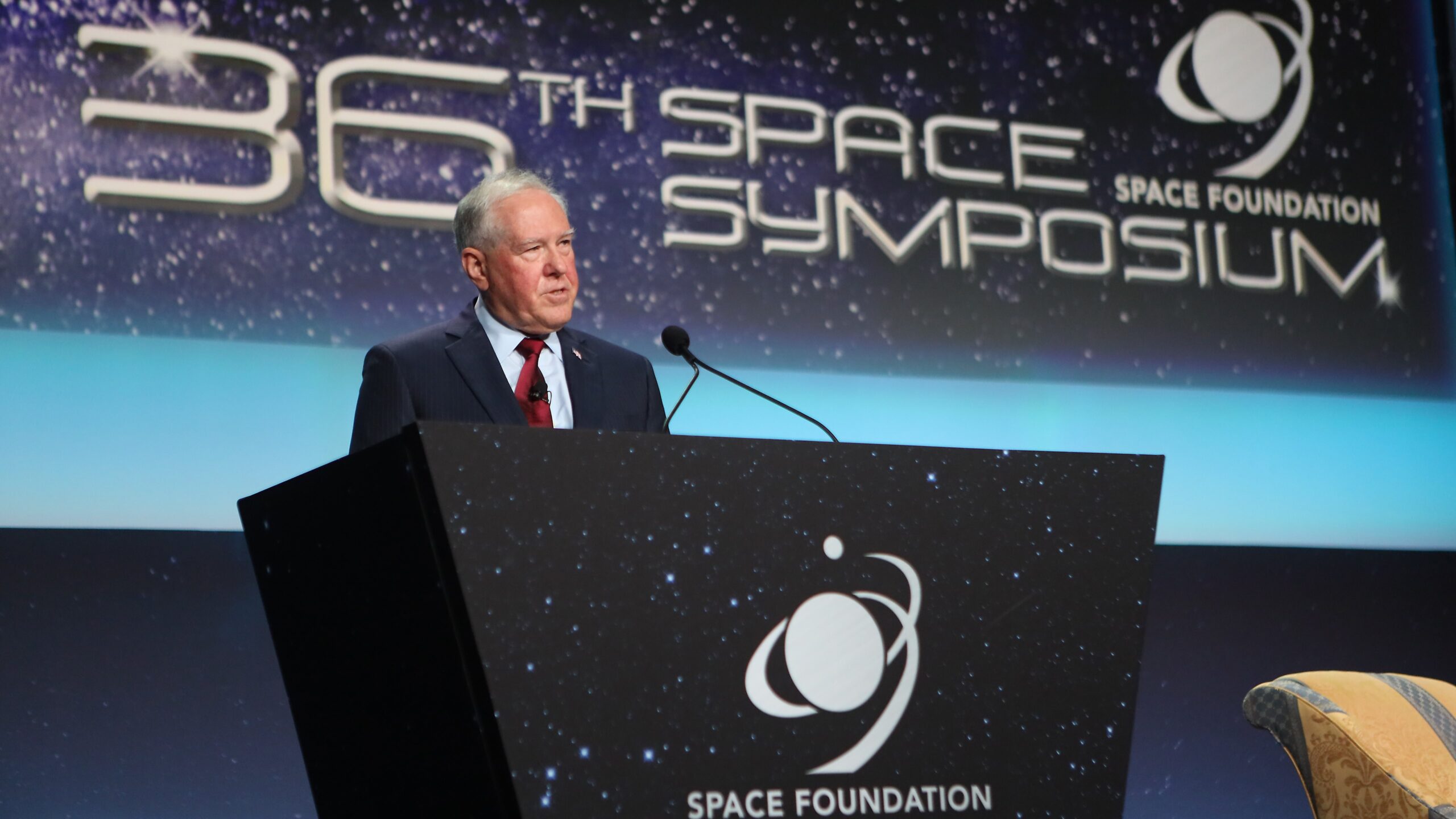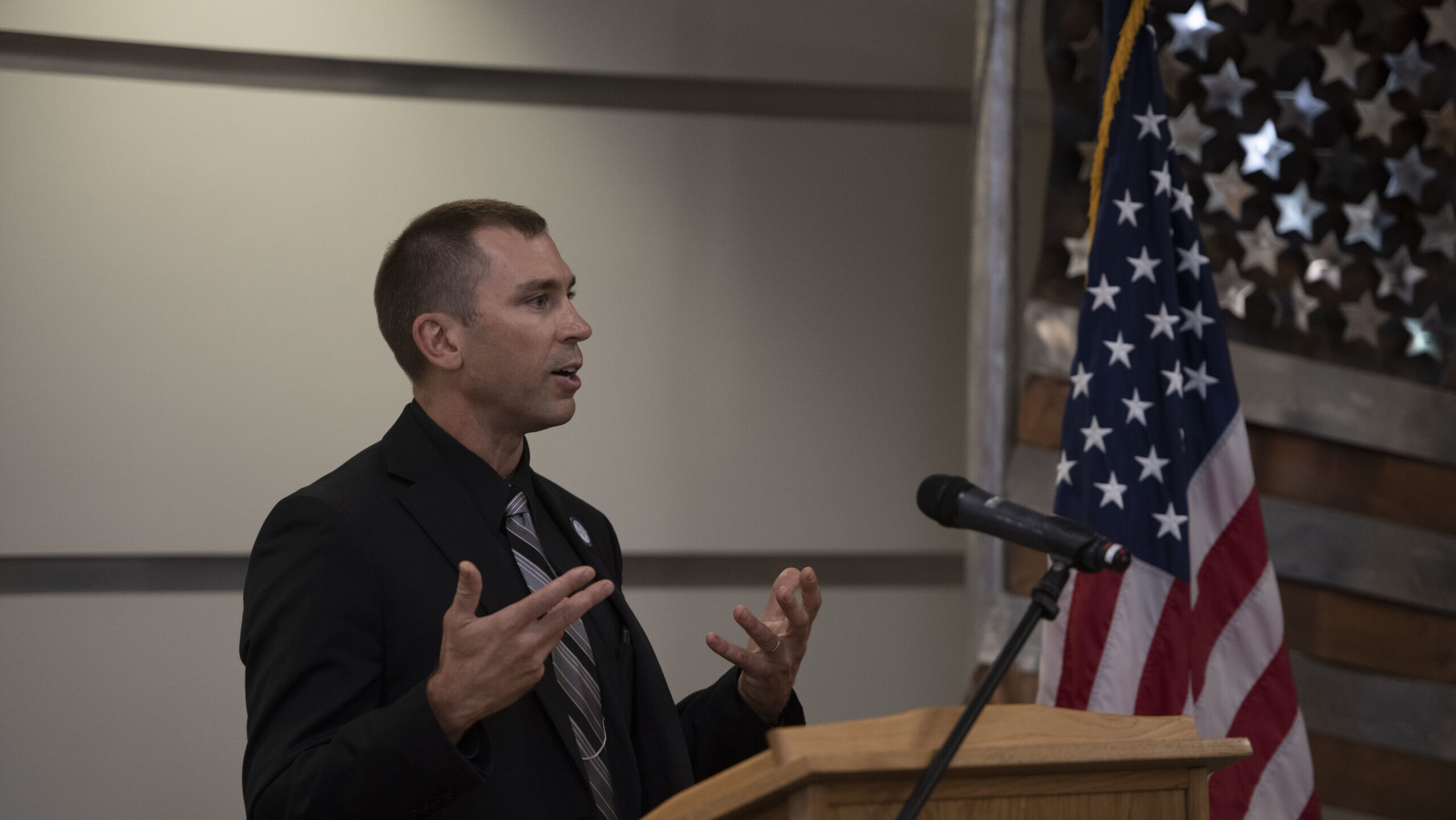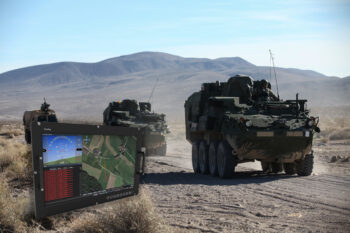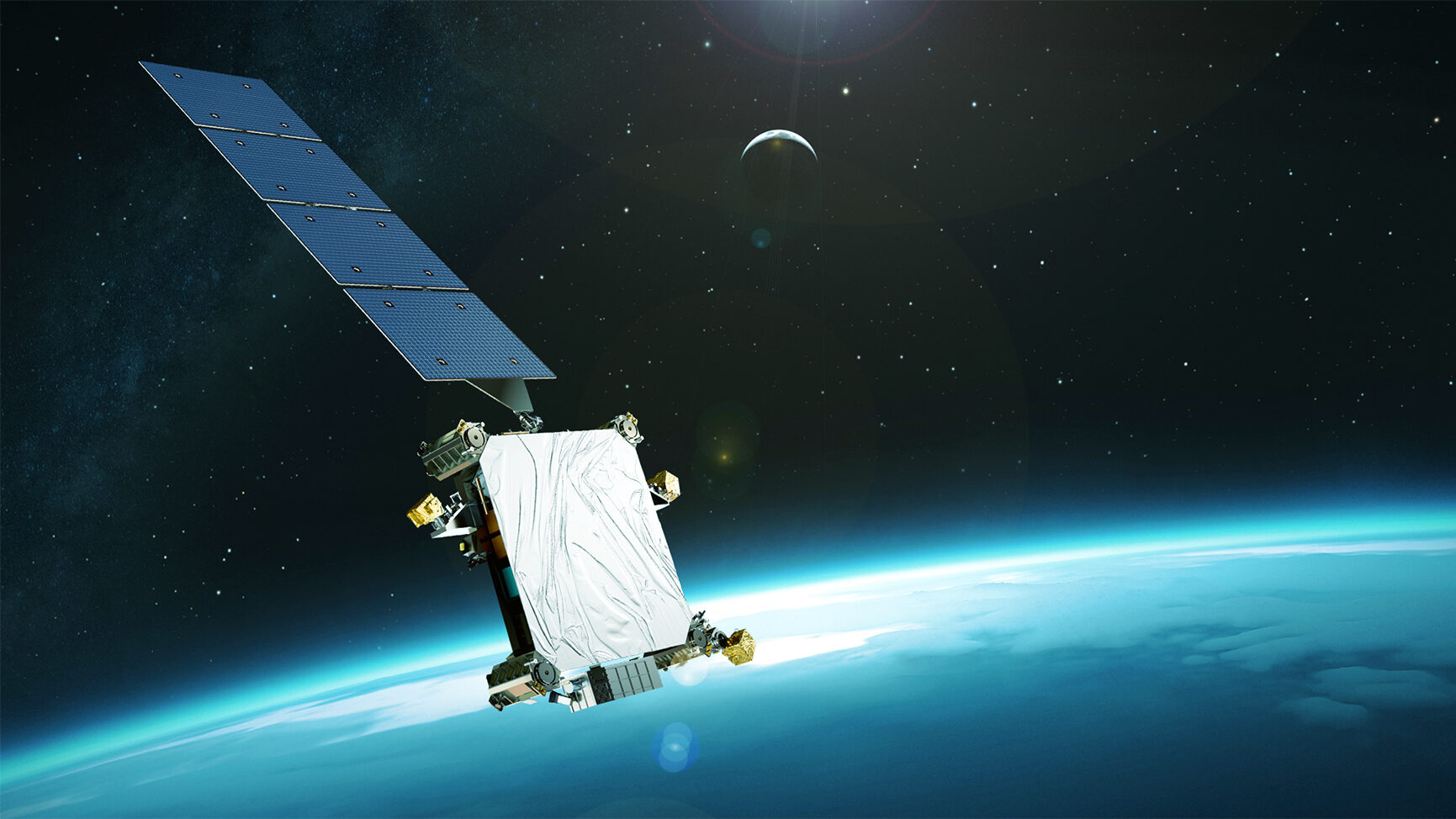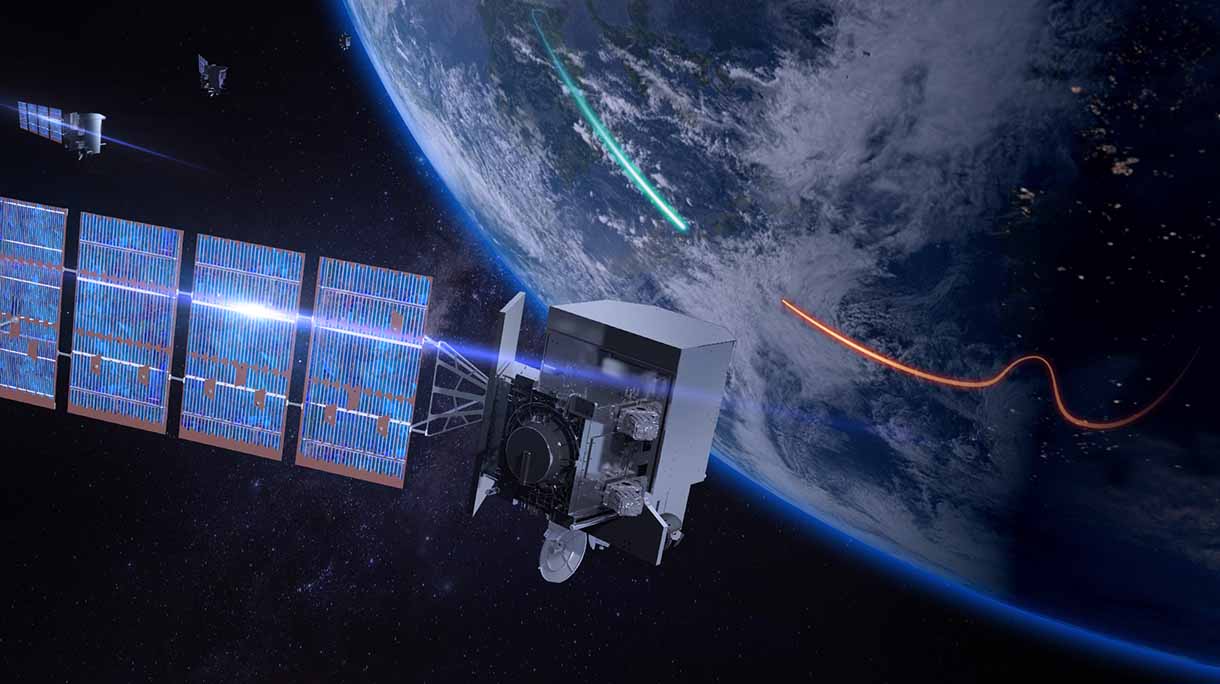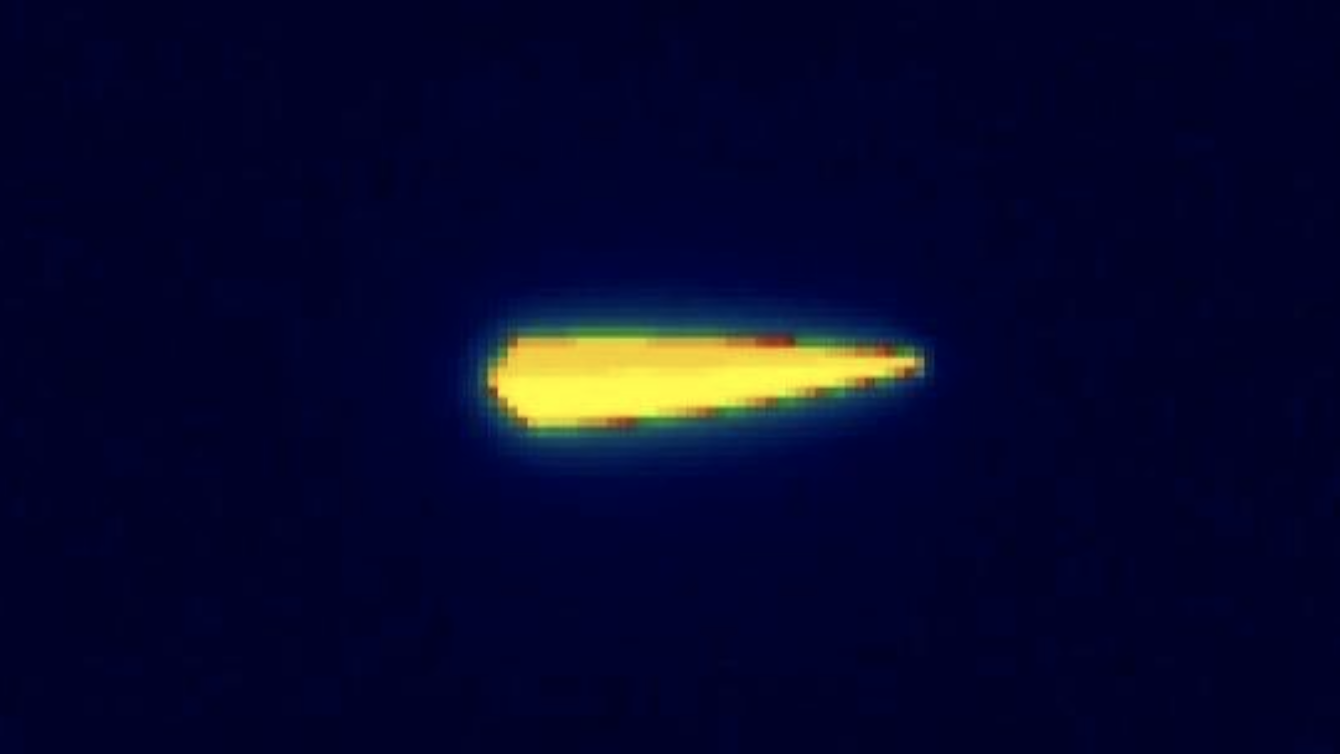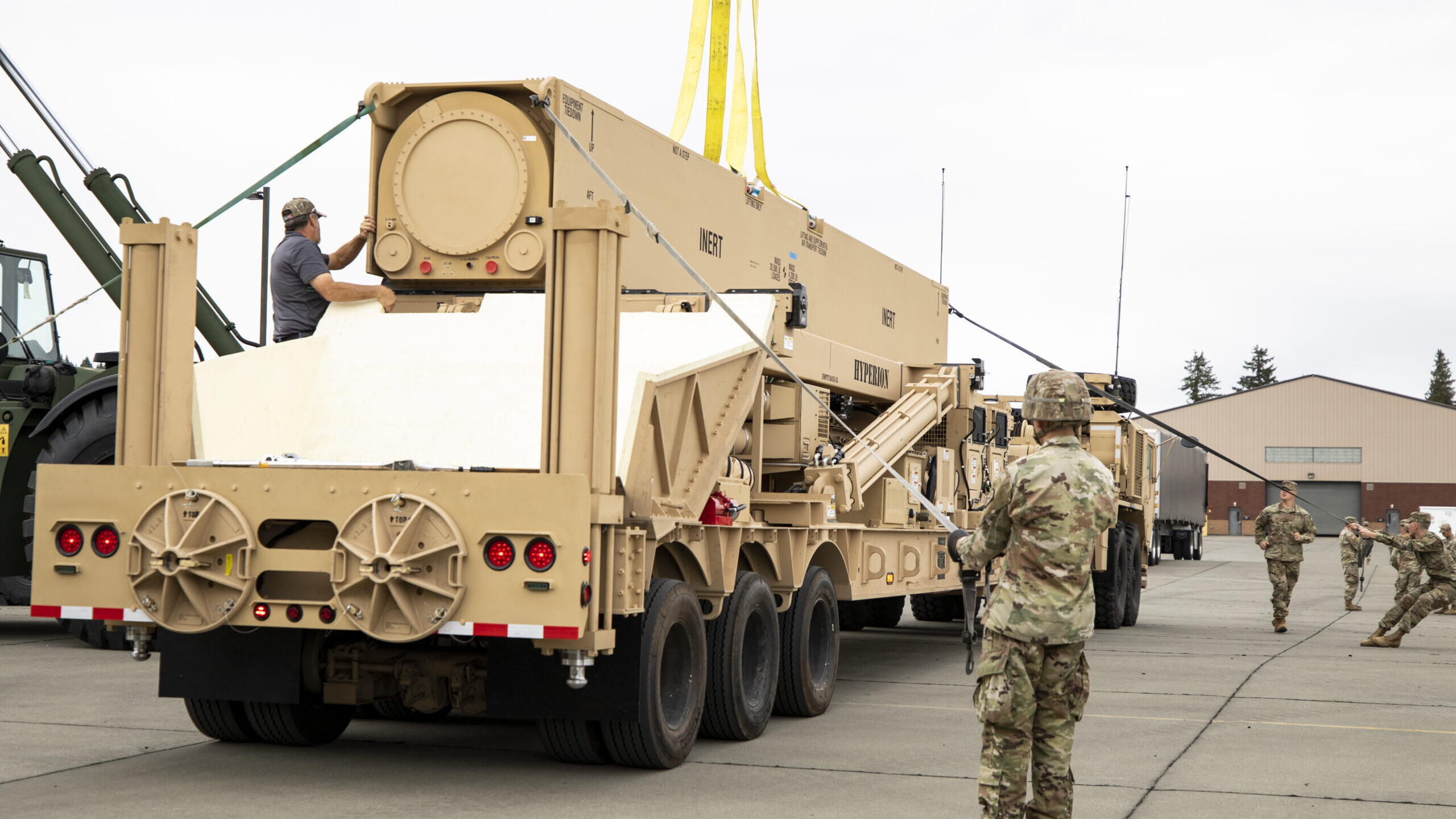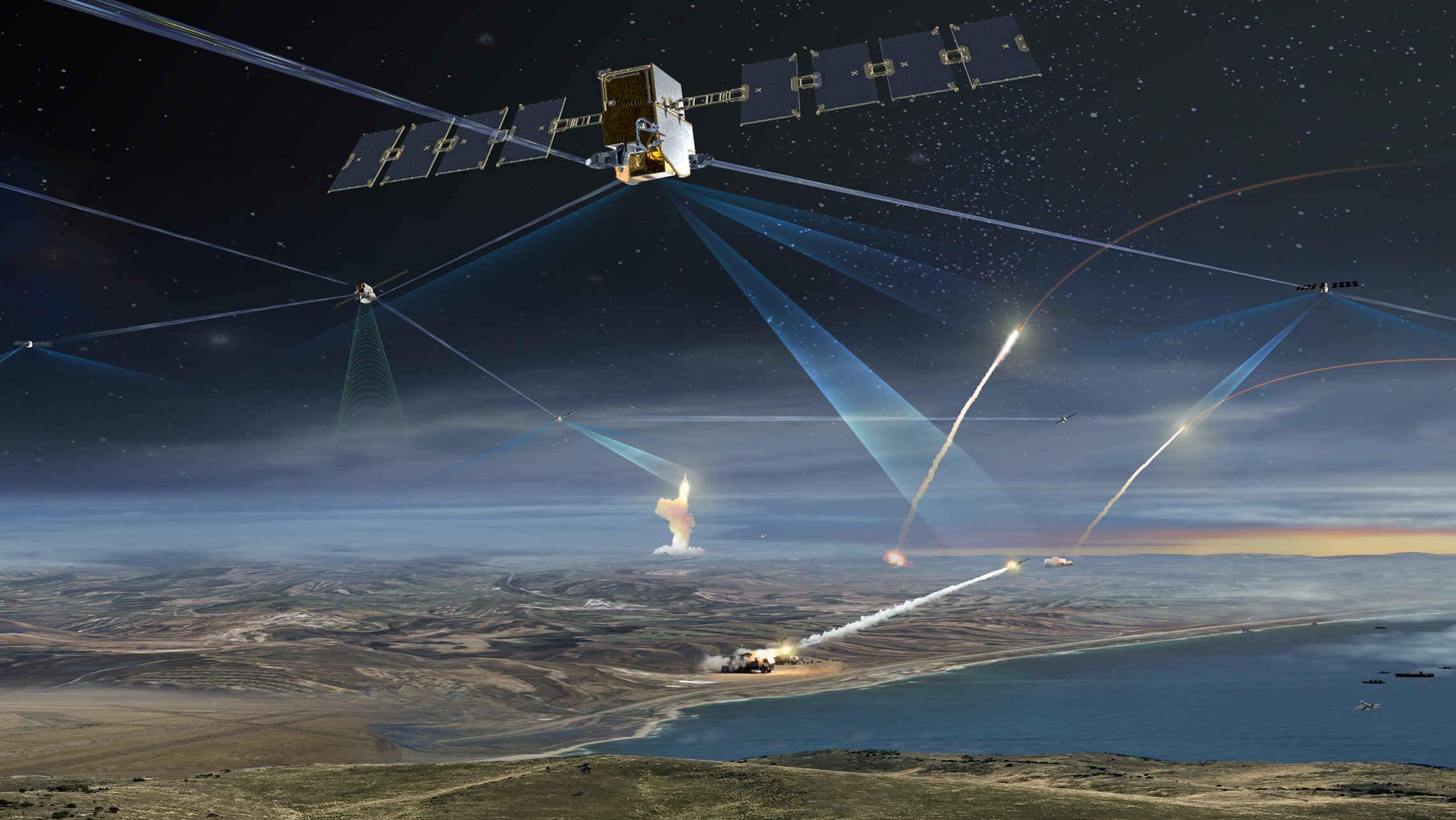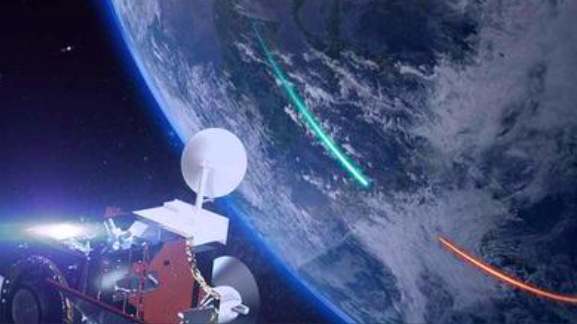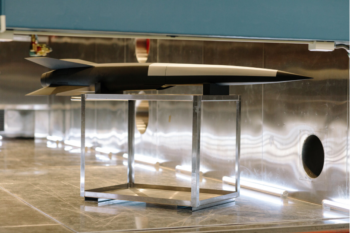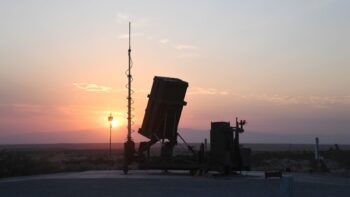

The first planned prototype orders using HALO will “reduce risk and demonstrate feasibility of proliferation for future tactical data links and optical communication missions,” the Space Development Agency said.
By Theresa Hitchens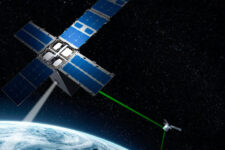
Tournear said that the optical intersatellite link demonstration was final success in a trifecta of baseline challenges to SDA’s plan to network hundreds of military satellites in LEO, as well as to eventually to integrate commercial satellites into the mix.
By Theresa Hitchens
While the Space Development Agency initially intended to make awards to more than one vendor, the agency determined that a sole-source contract with the Boeing-owned firm was “best value.”
By Theresa Hitchens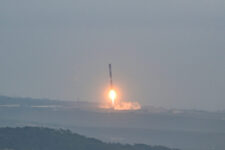
“By the end of next year, we’ll have 126 Link 16 satellites that are operational on orbit,” said SDA Director Derek Tournear.
By Theresa Hitchens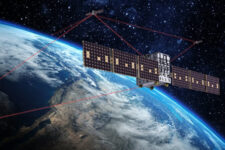
SDA is asking for $357 million for FY25 launch services, down from the nearly $530 million in FY24. Those funds would pay to manifest four planned launches of the Tranche 2 Transport Layer satellites in 2027.
By Theresa Hitchens
“We need a budget to be able to continue to fund this,” said Space Development Agency Director Derek Tournear. “We always assume there will be a continuing resolution for a few months, but not six to 12.”
By Michael Marrow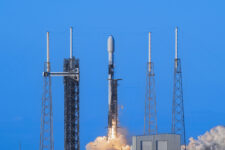
The agencies said in their joint announcement that the “launch of the two prototype systems will be followed by two years of on-orbit testing.”
By Theresa Hitchens
While GEOST has made infrared sensors for classified systems in the ones and twos, the new contract will involve building infrared sensors designed to be used in a larger constellation, LightRidge CEO Bill Gattle told Breaking Defense.
By Theresa Hitchens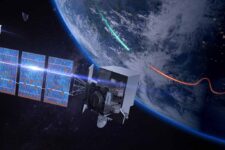
An SDA official explained that the six “preliminary fire control” satellites in Tracking Layer Tranche 2 will carry a mix of wide-field-of-view and medium-field-of-view infrared cameras.
By Theresa Hitchens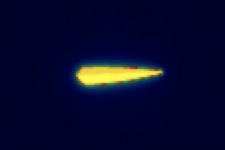
“The key word here is persistence,” study author Masao Dahlgren told Breaking Defense. “How do we get persistence over the regions we care about? That hasn’t been as explicitly put into prior work until now. This report puts into sharp relief.”
By Theresa Hitchens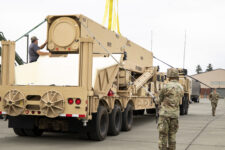
Despite the current supply chain obstacles, the Army is confident it can fully field the first Long Range Hypersonic Weapon (LRHW) units by the end of this calendar year, said Chris Mills of the service’s Rapid Capabilities and Critical Technologies Office.
By Theresa Hitchens
The company also is providing a ground system for the sensors that could provide data about interference threats to users across the Defense Department and Intelligence Community, said Josh Hartman of GEOST’s parent firm.
By Theresa Hitchens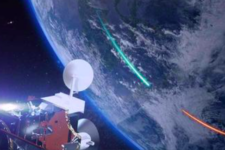
SDA plans to purchase and deploy a minimum of 54 space vehicles equipped with infrared sensors from up to three vendors under the new solicitation for Tranche 2 of its Tracking Layer constellation.
By Theresa Hitchens

